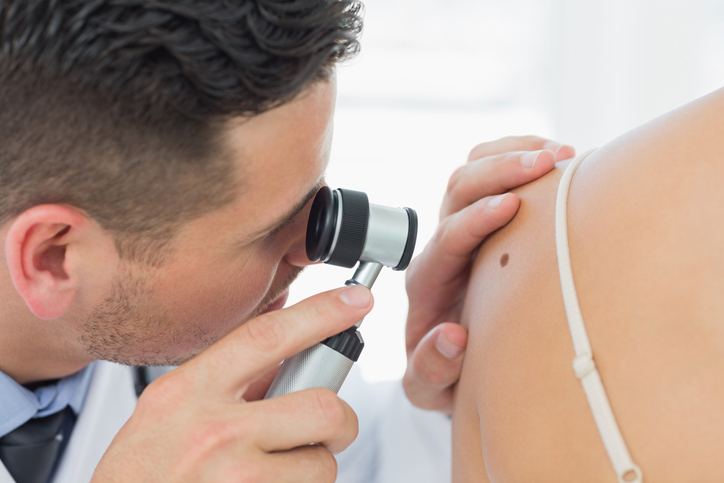Is Mohs Surgery Painful? What are The Benefits?

Mohs surgery offers an effective way to treat skin cancer. This type of procedure involves removing thin layers of affected skin a little at a time until the cancerous skin is gone.
Why Should I Have Mohs Surgery?
Mohs surgery is done in order to treat certain types of skin cancers, including squamous cells carcinoma, basal cell carcinoma, and melanoma. Your doctor might recommend this procedure if you have skin cancer that meets any of the following conditions:
- Increased risk of coming back
- Skin cancer that has already come back after being treated before
- A large section of skin affected by skin cancer
- An aggressive form of skin cancer
- Skin cancer area with edges that are difficult to determine
- Skin cancer in places where healthy tissue should remain, such as parts of the face, feet, hands, and genital areas
What Can I Expect from Mohs Surgery?
Mohs surgery is an outpatient procedure. This procedure can be done in just a few hours in some cases. Your surgeon will use a local anesthetic in the targeted area to prevent you from feeling anything. This means you won’t experience any discomfort or pain while you are being treated.
After removing layers of tissue, your surgeon will have these examined for evidence of cancer. If no evidence is found, you do not need to have any additional layers removed. If your surgeon finds evidence of cancer, you will need to continue undergoing Mohs surgery. After each layer is removed, you can expect to wait for it to be examined. If the local anesthetic starts wearing off, your surgeon can give you more.
Benefits of Mohs Surgery
There are important benefits of Mohs surgery, including the following:
- Higher success rate compared to other skin cancer treatments, which can be as high as 99 percent
- Done using a local anesthetic instead of a general anesthetic, which has fewer risks
- Reduces the risk of scarring and other complications
- Involves having a lower amount of healthy tissue removed compared to other skin cancer surgical procedures
- Faster recovery time
- Provides more immediate results and improved accuracy
Aftercare for Mohs Surgery
After having Mohs surgery done, your surgeon will determine the best way to treat the area. This might involve letting it heal without any intervention or closing the wound with stitches. Depending on how much skin was removed and where it was removed from, your surgeon might move skin from another area to the wound area to cover it up or place a skin graft in the wound area.
Follow all of your surgeon’s instructions for wound care, so that you’ll have a lower risk of complications. Some of the risks of having Mohs surgery done might include bleeding and infections. Your doctor can determine if you are a good candidate for Mohs surgery. This involves having an evaluation done and weighing certain factors. If Mohs surgery is not right for you, your doctor can recommend other skin cancer treatment options.
If you’re interested in learning more about Mohs surgery and if it’s right for you, please contact Keys Dermatology for an initial consultation. Our dermatologists will thoroughly examine your skin and suggest the best treatment options for your needs.
